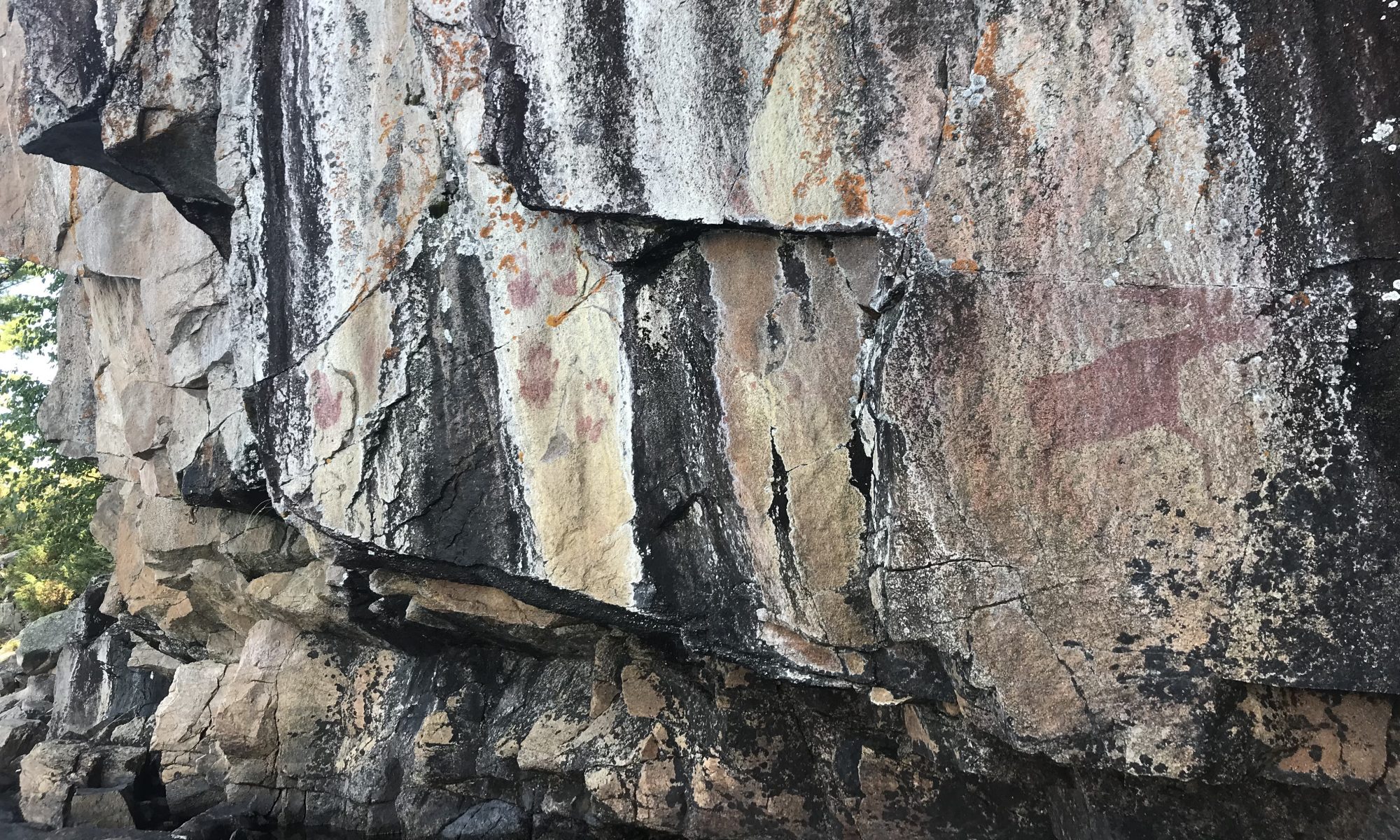In order to address this question you will need to refer to Sparke’s article, “A Map that Roared and an Original Atlas: Canada, Cartography, and the Narration of Nation.” You can easily find this article online. Read the section titled: “Contrapuntal Cartographies” (468 – 470). Write a blog that explains Sparke’s analysis of what Judge McEachern might have meant by this statement: “We’ll call this the map that roared.”
As Moodie explains in her text Roughing it in the Bush, there are two maps, two ways of naming and knowing the landscape. While the post colonial understanding of landscapes is through a series maps that express property lines, topography and borders; The First Nations knew their lands exceptionally well based solely on their uses and their names. And while, as Moodie recounts, the Mississauga First Nations were able to perfectly understand where they were on every point of Mr. Moodie’s map, this knowledge was not shared.
Nearly a century later during a Supreme Court hearing regarding the Gitxsan and Wet’suwet’en peoples’ land claim Judge McEachern was presented with a map drawn by First Nations People, once he was unable to orientate himself, he deemed the map as in adequate evidence. McEachern was unable to understand the map which connected stories, songs and landscapes as the First Nations would have known it previous to the European colonialists. When dismissing the map the judge made the controversial statement “we’ll call this the map that roared.”
Sparke’s article, “A Map that Roared and an Original Atlas: Canada, Cartography, and the Narration of Nation” deconstructs and criticizes this controversial comment. Sparke first explains that by saying that the map roared he is comparing it to the idea of a paper tiger. The paper tiger is a symbol for something that may appear powerful at first, but in reality bares no strength as it is just paper. The reason behind this symbolism is that it is threatening that the First Nations had created a map that used Western language and terms, however in the end, it is irrelevant and they First Nations have no power.
Sparke’s second explantation drew reference to a 1959 satirical movie called “The Mouse that Roared”. Sparke believed that McEachern was comparing the First Nations attempt to reclaim their land, as ineffectual as the movie depiction of a small European country waging war against the United States economy due to wine exportations.
In conclusion, this reading displays the intolerance and ignorance the Canadian government had (and still in some regards has) with First Nations traditions and culture.
